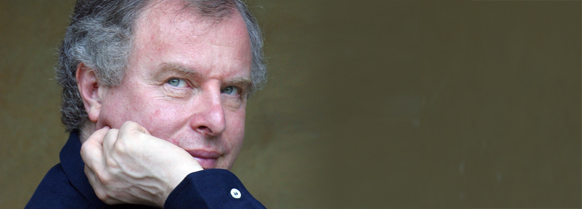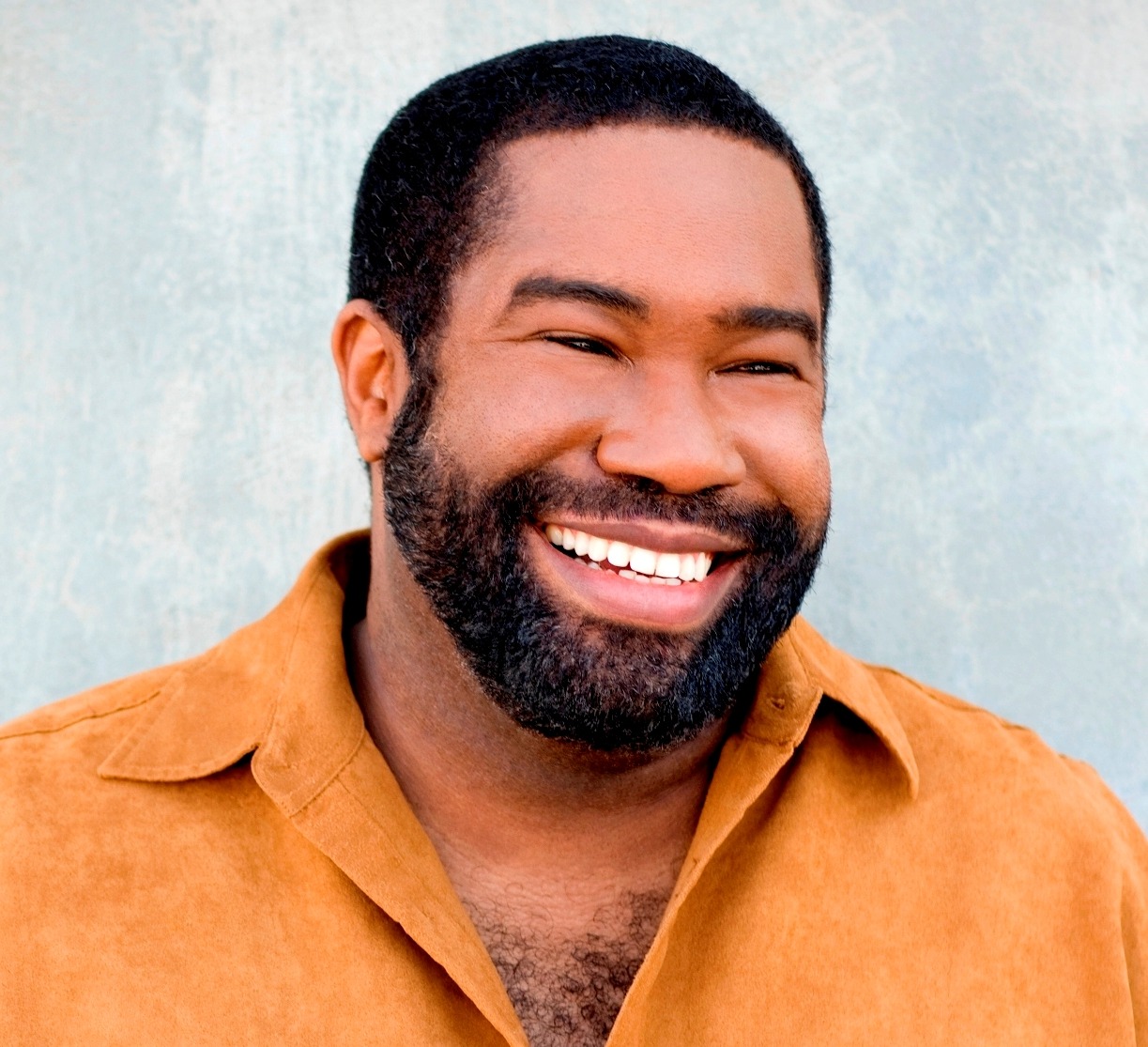Month: July 2012
-

ANDRÁS SCHIFF: ON PLAYING BACH AND THE WELL-TEMPERED CLAVIER
Senza pedale ma con tanti colori (Without the pedal but with plenty of colours) Playing J. S. Bach’s keyboard music on the modern piano, pianists are confronted with various fundamental questions. The answers to these are never simple. For example: what is the “correct” instrument for the Well-Tempered Clavier? The clavichord, the harpsichord, the organ,…


